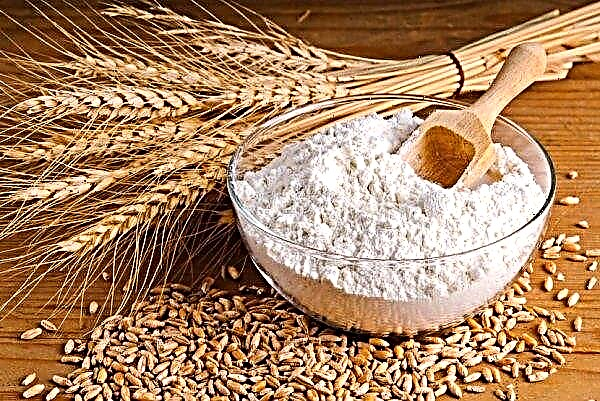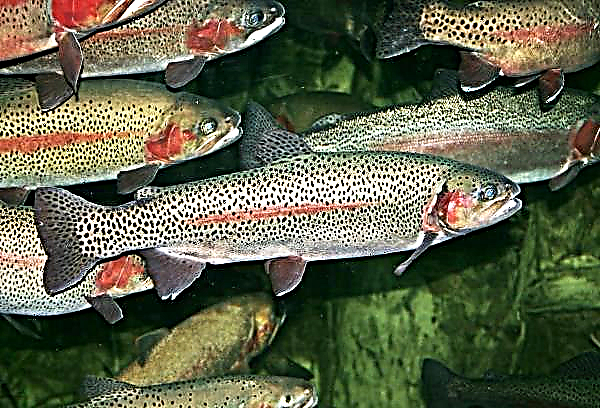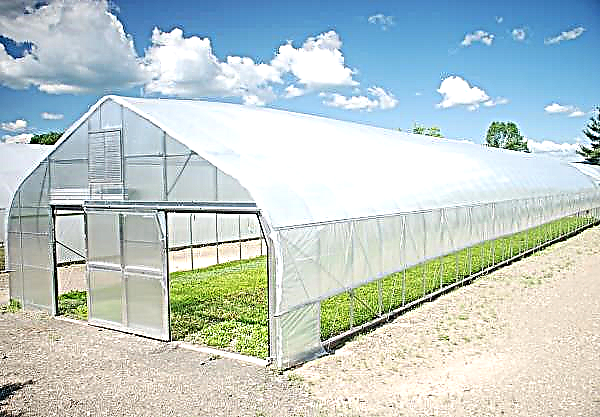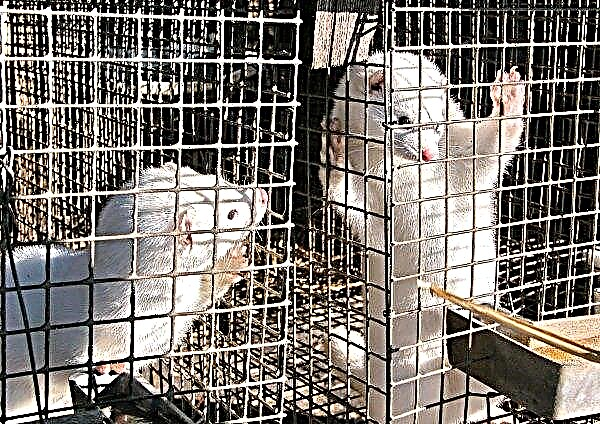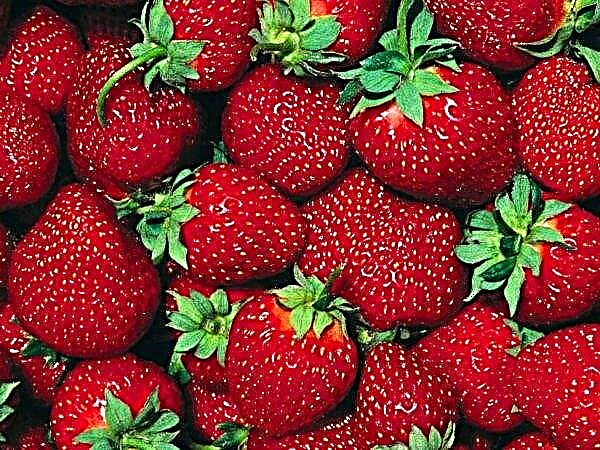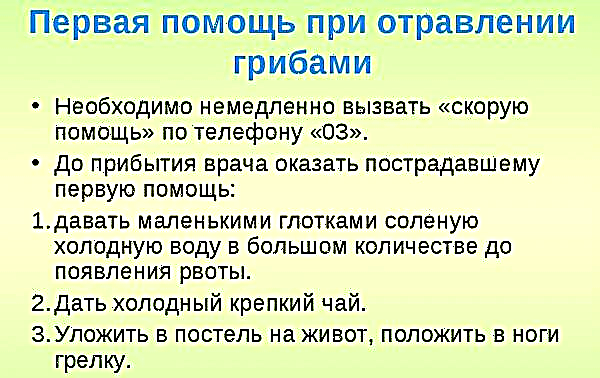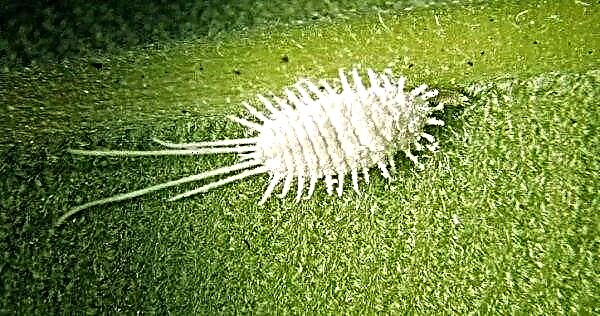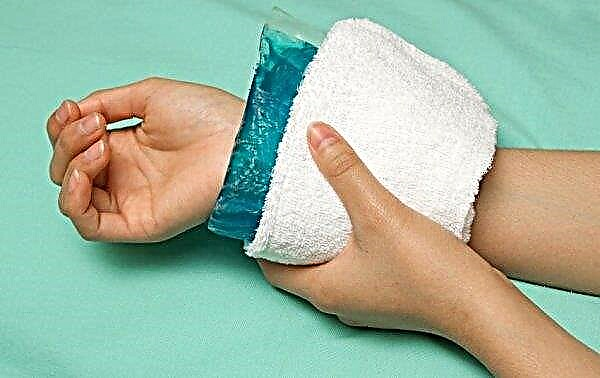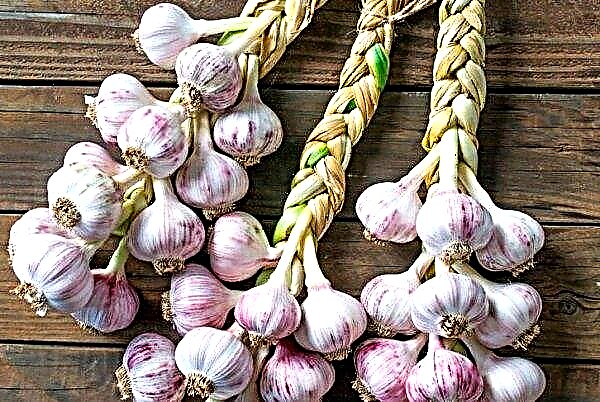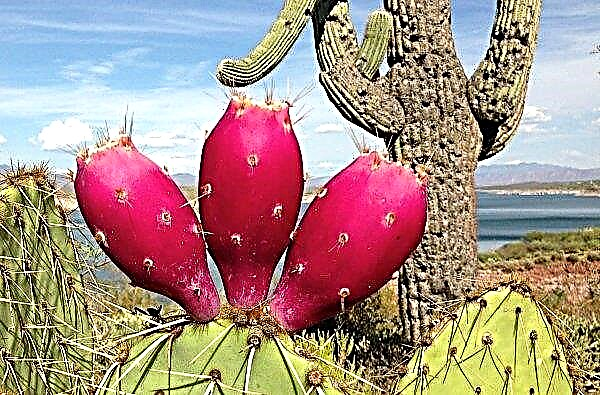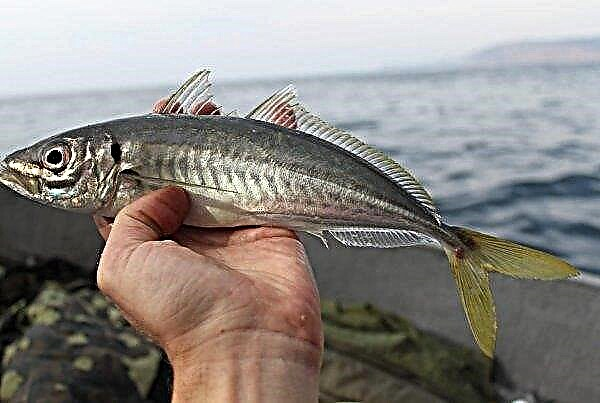If you are in search of a high-yielding and unpretentious variety of sweet pepper for a summer cottage, then we advise you to consider planting the Big Boy variety. It has a number of decent qualities and matures in the early stages.
Description and characteristics of the Big Boy variety
Pepper Big Boy is a product of Russian breeders from the Ariel company, who have released a series of large-fruited varieties of different colors. He entered the State Register of the Russian Federation in 2012. The originator recommends it for cultivation in the open air, in the greenhouse and in film shelters.
Bushes at Big Boy are formed strong, not too sprawling, medium in height. The leaves are medium in size, dark green in color, characterized by weak wrinkling.
The fruits are very large, reaching a mass of 250-300 g. Their shape resembles a cylinder. The skin is dense, shiny, dark red. The taste of peppers is excellent. They are sweet and juicy. There is no bitterness in them. The content of valuable elements is very high. The fruits are well stored and do not lose their presentation after transportation.Did you know? Pepper from ancient times was literally a valuable product. They were paid like money, and paid fines. So, it is known that residents of the French city of Beziers were ordered to pay a fine of 3 pounds of pepper for the death of the Viscount.
Advantages and disadvantages of the variety
- The advantages of Big Boy include:
- the fruits ripen early;
- forms tasty and large peppers;
- shows consistently high productivity;
- tobacco mosaic well resists viral disease;
- fruits are suitable for universal culinary purposes;
- peppers are stored for a long time, they perfectly tolerate transportation.

Ripening dates and productivity
Pepper Big Boy ripens in the early stages. 105-115 days pass from planting to ripe fruit.
The variety is classified as high-yielding. From 1 m², you can remove 7-7.5 kg of fruit.
Features of the technique of growing culture
High yields can be achieved only from the plant that is planted and grown taking into account the recommendations. Before you start planting pepper, you should choose a good site, a healthy and high-quality planting material and grow strong seedlings.
Learn about sweet pepper varieties such as Tusk and Jeepsey.
Seed selection and preparation
Seeds must be specially prepared for planting.
Preparation will consist of the following stages:
- Processing in a solution of potassium permanganate for 20-30 minutes.
- Rinse under running water.
- Aging in a nutrient solution to improve germination, prepared according to one of the recipes: nitrophoska (1 tsp) + 1 l of water (duration of the procedure - 24 hours); wood ash (1 tsp) + 1 l of water (duration - 24 hours); liquid solution of sodium humate (duration - 24 hours, liquid temperature - + 25 ... + 28 °); “Ideal” drug (duration - 24 hours, fluid temperature - + 25 ... + 28 °); means "Azotofit", 5-10 ml / 0.5 l of water (duration - 2 hours).
- Germination.
Germination is as follows:
- Put fabric on the bottom of the flat container.
- Moisten it and pour it with an aqueous solution of wood ash (1 tbsp. L / 1 l).
- Sprinkle seeds on a damp cloth.
- Cover the container with film or glass.
- Place in temperature conditions + 25 ... + 30 ° С.
- Periodically moisten the seeds from the spray gun.
Strong seedlings can be grown if the seeds are hardened. To do this, they are first placed on the lower shelf of the refrigerator for 48 hours, and then transferred to a temperature of + 18 ° C for 24 hours. Then the seed is again placed in the refrigerator. After 2 days they are sown in the ground.
Soil preparation for seedlings
The key to growing strong seedlings is the preparation of high-quality soil. It should be light and loose, so that nutrients quickly and easily reach the roots.
The substrate can be purchased ready-made in a specialized store or made by hand by mixing the following components:
- Humus (2 parts) + turf land (1 part).
- Peat with humus (in a ratio of 1 to 1).
- Nutritious peat mixture (2 parts) + turf soil (1 part).
- Peat (4 parts) + turf soil (2 parts) + humus (1 part) + rotted sawdust (1 part).
A self-made substrate requires disinfection.
Etching of the soil is carried out by several methods:
- Watered with a dark pink solution of potassium permanganate.
- Pour boiling water over.
- It is kept in the oven at a temperature of 80–90 ° for 20–40 minutes.
- They put on a steam bath for 40 minutes.
- Put in the microwave for maximum mode for 10 minutes.
The etched soil is kept for a couple of weeks so that it is colonized with beneficial bacteria. Immediately before planting, it is well moisturized.
Seeding time
Seeds are planted in the ground in late February - early March. In this case, the sprouts can be planted in the ground at the end of April in a heated greenhouse and in May in an unheated shelter, in early June - in open ground.
For growing seedlings, a long box or individual containers measuring 10 x 10 (plastic cups, peat pots, tablets, cassettes) is allocated. The latter option is preferable, since in this case there is no need to make a pick, which can lead to damage to the delicate roots.
In one large capacity, the seeds are sown in furrows to a depth of 1–1.5 cm. A distance of 3-4 cm is left between the furrows. In separate containers, 2 holes are made with a depth of 1–1.5 cm and 1 seed is placed in them. Seeds sprinkled with soil. Capacities are covered with a film or glass. Then they are placed in a warm room.
Features seedlings care
When shoots appear, shelter must be removed. In the first week after this, the seedlings grow at a temperature of + 13 ... + 16 ° C in the daytime and + 8 ... + 10 ° C in the night. Then they are returned to warm conditions with a temperature of + 20 ... + 27 ° C.
Humidify seedlings should be once a week. Watering should be plentiful. It is important to ensure that the drops do not fall on the stems and leaves. When grown in one box, picking is performed when 2–4 leaves appear. Seedlings are planted in separate containers with a volume of 0.5 liters.
Fertilization is carried out 14 days after the pick. A mixture of superphosphate (50 g) with urea (5 g) and water (10 L) is used. The second application is carried out 3-4 days before the sprouts move to a permanent place. At this time, a mixture of superphosphate (50 g) with potassium sulfate (25 g) diluted in a bucket of water is added. Ready fertilizers, for example, "Agricola", "Mortar", "Fortress", are also quite suitable.
Before planting the sprouts in the ground, they must be hardened. The hardening procedure begins 10-15 days before the planned date of planting at a constant place of growth. First, the sprouts are kept with an open window, then they are taken out to fresh air, starting from 40 minutes a day. Gradually, this time is increased to 6-8 hours. Immediately before landing, they are left to spend the night on the street.
Important! During the hardening procedure, it is necessary to shade the sprouts from sunlight.
Landing
Sprouts are transferred to the soil at the age of 50–70 days. At this time, the stems should reach a height of 20-30 cm, at least 6-8 leaves should grow on them. Landing is carried out when the temperature + 15 ... + 17 ° С is established on the street.
For planting, a 35 x 50 cm scheme is used. A well-lit, sheltered from the winds section is chosen.
Wells are made in prepared soil. Their depth should be such that the root neck of the sprout when planting is at soil level. In each hole should be added 1 tbsp. complex mineral fertilizer. Sprouts are moved to the holes without destroying the earthen coma. After the hole is half filled with soil, it must be watered. Use 3–3.5 liters of water per well. After absorbing water, the earth is poured to the top.
Complete the planting process by mulching the soil and, if necessary, a garter to the supports. When forecasting a drop in temperature below + 13 ... + 14 ° С, shelters will be organized for landings. The first 2-3 days will also require shelter from aggressive sunlight.
Important! Successful growth, development and yield of pepper depends on the observance of crop rotation rules. This culture should not be planted after potatoes, peppers, tomatoes, eggplants. The best predecessors are pumpkin, cabbage, and legumes.
Care of the variety after planting in the ground
Pepper can not be called a moody plant, but it still requires regular care. Without it, the fruits will be small, the bushes are weak, susceptible to pathogens and attacks of harmful insects. In order for the plants to grow well and develop correctly, it is necessary to produce planned moisturizing, fertilizing, hilling, soil care, pinching and garter.
Watering and feeding
Humidification pepper likes frequent, but not plentiful. Ideally, if you can arrange for drip irrigation for him. The recommended frequency of hydration is once a week. Water for irrigation is taken only warm.
From top dressing every 2 weeks before fruiting make green fertilizer. After the ovaries are formed, it will be necessary to make phosphorus and potassium fertilizers. Peppers can also be fed with a complex mineral fertilizer with a low nitrogen content.

Hilling and loosening the soil
Hilling is optional for peppers. Today there is no consensus on whether it is needed for this culture or not. Many gardeners advise it to produce in order to stimulate the formation of additional roots, to improve the growth and development of the plant. Adherents of a different point of view believe that this procedure is harmful to pepper, since it increases the risk of root decay.
Hook pepper or not, each gardener decides for himself. If you are a supporter of hilling, then it must be done carefully because of the close occurrence of roots. Spice up pepper to the formation of cotyledon leaves. A mound of soil is poured near the stem.
Important procedures for growing pepper are loosening, weeding, mulching. Loosening allows to improve the air and moisture conductivity of the soil. Thus, nutrients will be delivered faster to the roots and better absorbed by them. Loosening for pepper should not be deep.
With the help of weeding, it is possible to get rid of weeds, which take away nutrients from the pepper, cover it from the sun and become carriers of pathogens of diseases, as well as harmful insects.Mulching is done after watering. In the aisles and near-stem zone, a layer of straw, peat, and overripe grass is poured. This procedure helps maintain optimal soil moisture and inhibits weed growth.
Plant formation
In order for Big Boy pepper to get enough light, it is better to grow it with a garter to the trellis. It is important to make his stepson, forming a bush of two stems, removing all stepsons and leaves to the fork. Removing stepchildren in the morning on a not too hot day in the absence of precipitation. The processes are cut off manually.
After the ovaries begin to form, it is necessary to remove the leaves that cover them from the sun, as well as the ovaries themselves, if there are too many of them on the bush. Otherwise, the fruits will form small.
Pests and diseases
Unfortunately, Big Boy pepper is susceptible to many diseases, among which are dangerous, such as:
- Late blight. It is manifested by the formation of brown spots on the leaves and fruits. In order to prevent the appearance of fungi that cause this disease, prophylactic spraying with copper-containing agents, the Fitosporin preparation should be carried out.

- Verticillus wilting. It has characteristic symptoms: blanching and drying of the leaves, lethargy of the whole plant. The disease does not respond to treatment. Sick bushes must be urgently removed from the site and disposed of by burning. The site should be disinfected.

- Vertex rot. It happens if the soil contains a small amount of calcium and a high level of nitrogen. On the foliage and tops of the fruits, wet spots form. They treat the disease with calcium nitrate.

- Blackleg. The fungus that causes this disease most often infects seedlings and young bushes. To prevent the disease, the soil and seeds are treated with a pink solution of potassium permanganate.

Of the pests, the Colorado potato beetle, spider mite, and aphids threaten pepper.
The fact that the site settled Colorado beetleIt’s easy to notice. This is a large insect with striped wings. The larvae are also large, pink in color. They can eat foliage almost completely. They fight the beetle with insecticide treatment Calypso, Prestige. With a slight infection, insects are collected by hand. To scare them away from planting, horseradish, calendula, coriander, and beans are planted in the immediate vicinity of the eggplant.
Spider mite braids leaves and stalks with cobwebs. This small sucking insect of red or black color can be found on the lower leaf plates. It eats plant juices, as a result of which pepper withers and dries. Against a tick use "Nitrofen", colloidal sulfur, acaricides: "Fufanon", "Actellik", "Karbofos".
Aphid eats plant juices. This insect is small, and with little damage it is difficult to detect. Its presence can be evidenced by a large accumulation of ants under the bushes and white remains from the shell of hatched larvae. The fight against aphids is carried out by spraying with a soap solution with the addition of ash, the drug "Arrow".
Harvesting Technique
If you plan to sell pepper, then you need to remove it at the stage of technical maturity, that is, at that moment when the fruits have reached the weight and size declared by the manufacturer, but will be slightly lighter in color. It ripens very well already in a torn form, while at the same time 100% retains its commercial qualities. Fruit harvesting is carried out gradually, every 5-7 days.
For your own purposes, seeding, the seeds of the fruit can be harvested in a state of biological maturity, which occurs after 20-30 days. At this time, the fruits become as juicy as possible, their skin turns dark red.
Pepper must be cut with scissors or secateurs, leaving the stalk. Tearing them off is not worth it, as you can damage the stem.
Pepper is not stored for long - about 1-1.5 months. The longest possible storage period is possible in temperature conditions + 8 ... + 10 ° С, with humidity 80–90%. The fruits need to be wrapped in paper.Did you know? The first documentary source mentioning pepper was written 3 thousand years ago in Sanskrit.
Due to its attractive appearance and excellent taste, Pepper Big Boy can be used for various culinary purposes. It is great for making fresh salads. It can be stuffed, put on lecho, canned for the winter.
So, the Big Boy pepper grade undoubtedly deserves the attention of summer residents and gardeners. It brings tasty fruits, pleases with plentiful harvests, can be used fresh and for winter sunsets. People who have already managed to appreciate this pepper respond extremely positively about it.





